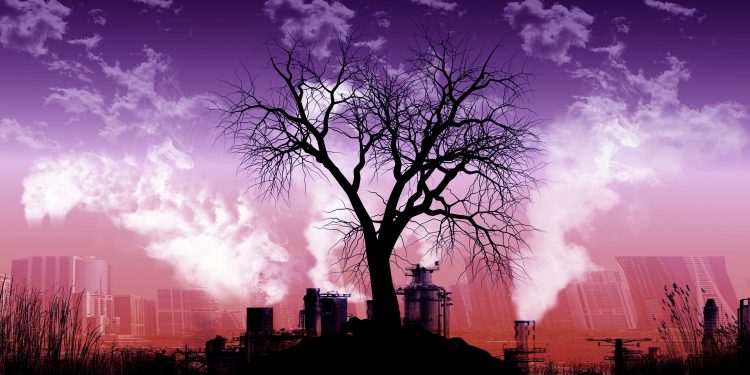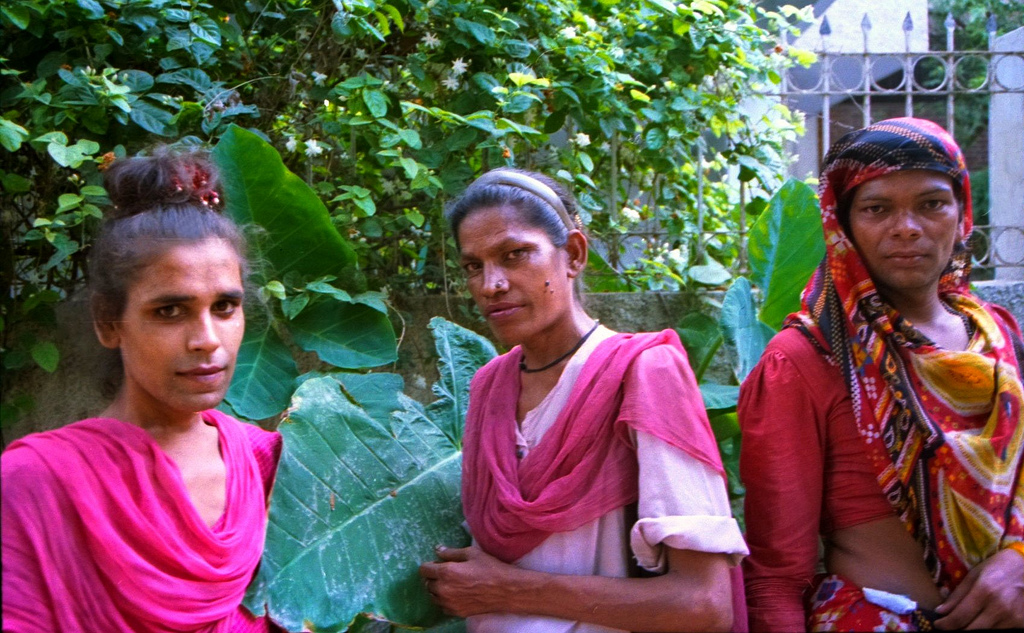Delhi’s Air Pollution: Race Down the Rabbit Hole to Smog

Introduction To The Emergency And Its Impact On The Population
Four out of every ten children in the Delhi are known to suffer severe lung problems. A worrisome 21 percent of the children surveyed by the Breathe Blue survey in Delhi were categorised as ‘poor.’ Needless to say, Delhi is often ranked as one of the world’s most polluted cities. A public health emergency has been declared by doctors in Delhi as air quality plunged to levels likened to “smoking at least 50 cigarettes in a single day.” Environmental activist Meattle has said, “Reckless cutting of trees, rapid urbanisation and a dearth of environment-friendly laws. Surely, we have a recipe for disaster.” What has Delhi been doing for over so long?
Understanding The Situation In The Context Of Delhi’s Nonchalant Attitude Towards The Alarming Rate Of The Levels Of Tiny Particulate Matter
To avoid “disastrous health consequences,” the Indian Medical Association had rightly called for the then-upcoming marathon to be cancelled. The Delhi CM, Arvind Kejriwal, said the city was a “gas chamber”, and it seems his words do have some truth to it. Call it the kernel of truth, if you will. More than 30,000 people had mustered their mettle to run through the capital despite the almost two weeks of smog that had forced several schools to be shut for a while. Several people complained of side effects from the hazardous conditions stemming from the poor air quality in the Capital city, which only seemed to worsen. The conditions have been rather so “unhealthy” that doctors have had to declare a public health emergency. The organisers had convinced the HC bench that several measures had been put in place to ensure a “conducive environment” to run, but from the looks of it, it didn’t, nor it doesn’t quite seem to be the case. There were calls from a few quarters to postpone the race last year as well. The matter had reached the Supreme Court, but the then bench refused, saying that “people have a fundamental right to run and cannot stop them if they want to run.” One should know, that postponing this event wouldn’t have taken someone’s fundamental right to run away, especially when the decision was set in the individual’s very best interest. This year as well, the matter reached the Delhi High Court, but the bench refused to postpone the race. This is the height of nonchalance, one might even say.
Conclusion: Who Are The Stakeholders? What Can Be Done?
A chest surgeon reported to the New York Times, “One is to stop breathing. That is not possible. Second is to quit Delhi. That is also not possible. The third is to make the right to breathe fresh air a people’s movement.” People could increase their lifespan by 6 years if the country met its national standards, and increase it by 9 years if the country met WHO standards. Social activist Nupur Ray has positively exclaimed, “The idea is to sensitise people and to educate them on making choices that help reduce air pollution and motivate them to make sure that the air they breathe is pure and clean.” We are the stakeholders of the future, whether for the good, the bad, or the worse, and we must remember that in whatever we do.




